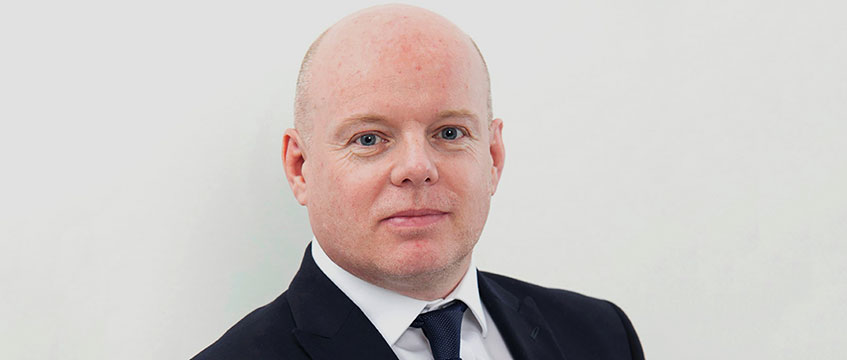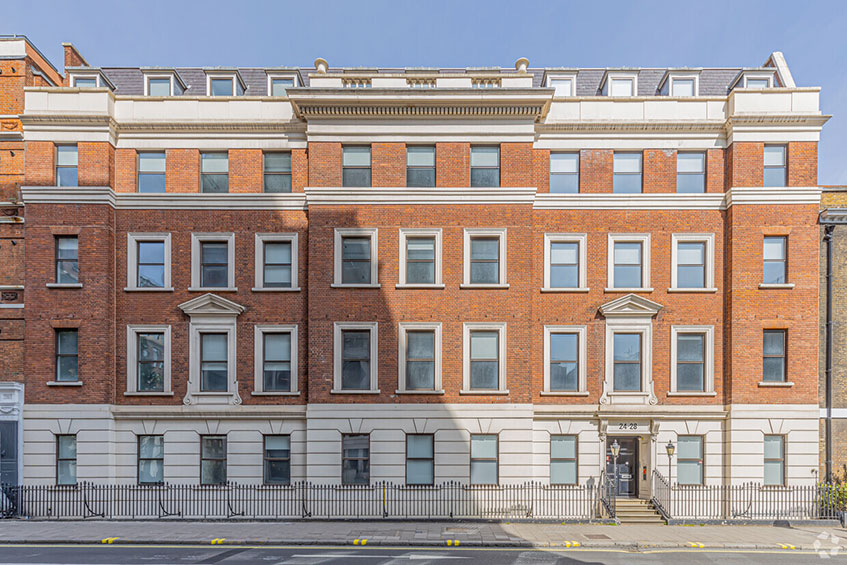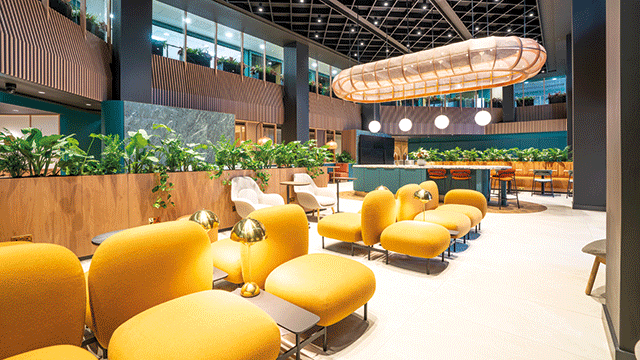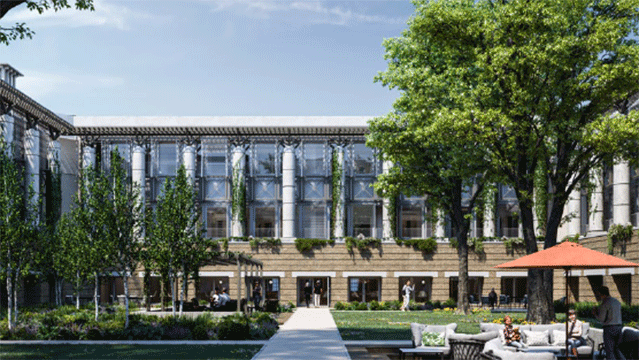COMMENT Building an adaptive life sciences building in an urban context requires a specific skill set. The required expertise can only be learnt over years of delivering life sciences buildings in multiple contexts and having a platform set up specifically to deliver and operate the complexities required.
This is because the nature of adaptability inherent in the science and technology sector in urban space has fixed constraints, which can be directly opposed to the technical flexibility required. Having experience in navigating what is and isn’t viable is required to build a sustainable cluster that evolves over time and can operate effectively.
Cluster generation at Lateral is key to acquiring, developing and managing our life sciences assets. We do this by taking a holistic view of development and placing the building’s potential into the context of other science buildings in the local urban geography. We carefully map what our buildings will bring to the cluster, where we can collaborate and where we can fill a gap in the ecosystem to ensure we complement and do not overly compete for the same requirements.
This is especially important in high-density areas where other buildings can provide our potential occupiers with a range of options that extend beyond the buildings we are providing. For example, we focus on adaptive spaces for events, lectures and workshops, which wouldn’t be required in every building but are required at a cluster level due to the nature of scientific discovery.
Occupier first
Collaboration across the emerging London clusters is key. These are industries that want to be together and, in urban areas, should be together.
We take an occupier-first approach to our urban developments by truly understanding the science they want to create and how to link them up with complementary occupiers, networks and environments.
Building adaptable, flexible space that is technically compliant with the science is simply a minimum requirement. The difference with our approach is that we map how this will evolve over time and how it will still stay relevant and resilient in an evolving location. We wrap this into our wider development cluster model, which considers things such as talent attraction, training and development and amenity, which is broader than just a real estate question. Scientists are people – they want the same things we all do. And, of course, the wider community is key – we want to create inclusive clusters, integrating our schemes with local people and communities that host us. Science must be accessible, visible and tangibly contribute to the lives of local people if we are to achieve our goal of translating global social impact to a local level. This is a huge area of focus for Lateral and an area we want to become a leader in, setting the standard for the wider sector.
Our recently submitted proposed scheme at Cavell Street in Whitechapel, E1, with our capital partner HIG Capital, places community and sustainability at its heart, with a knowledge centre, a conduit for social and STEM outreach initiatives, affordable lab space and incubator space with shared specialist equipment wrapped in a venture-building operational framework.
The site also forms a key part of the Whitechapel Road Life Science Cluster, which includes Barts Health NHS Trust, Queen Mary University London, Barts Life Sciences, NHS Property Services, the Department of Health and Social Care and BGO. We share a collective vision to create a world-class life sciences cluster that will accelerate life-changing health outcomes. We are committed to the local community, driving health and wellbeing, delivering long-term high-quality jobs, creating clear pathways into the sector, enhancing economic prosperity, promoting and delivering STEM education across the curriculum, and introducing green, clean and secure spaces.
Clear responsibility
Our initial pilot scheme with Tower Hamlets Council, “Shaping Our World”, a STEM careers fair and competition for local primary schools, has proved a major success. So much so that the pilot is being expanded from two schools to 16, increasing awareness and inspiring children to pursue a career in life sciences, and promoting pathways to make it happen.
Bringing life sciences into the urban realm commercially is a no-brainer, whether it’s new-build or adaptive reuse of existing or even heritage buildings, but we have a clear responsibility to ensure inclusivity. This is the key to ensuring long-term sustainability of urbanised innovation districts and to creating thriving, dynamic and highly localised innovation neighbourhoods that integrate with and enhance the wider ecosystem.
Rob Burborough is science director at Lateral











